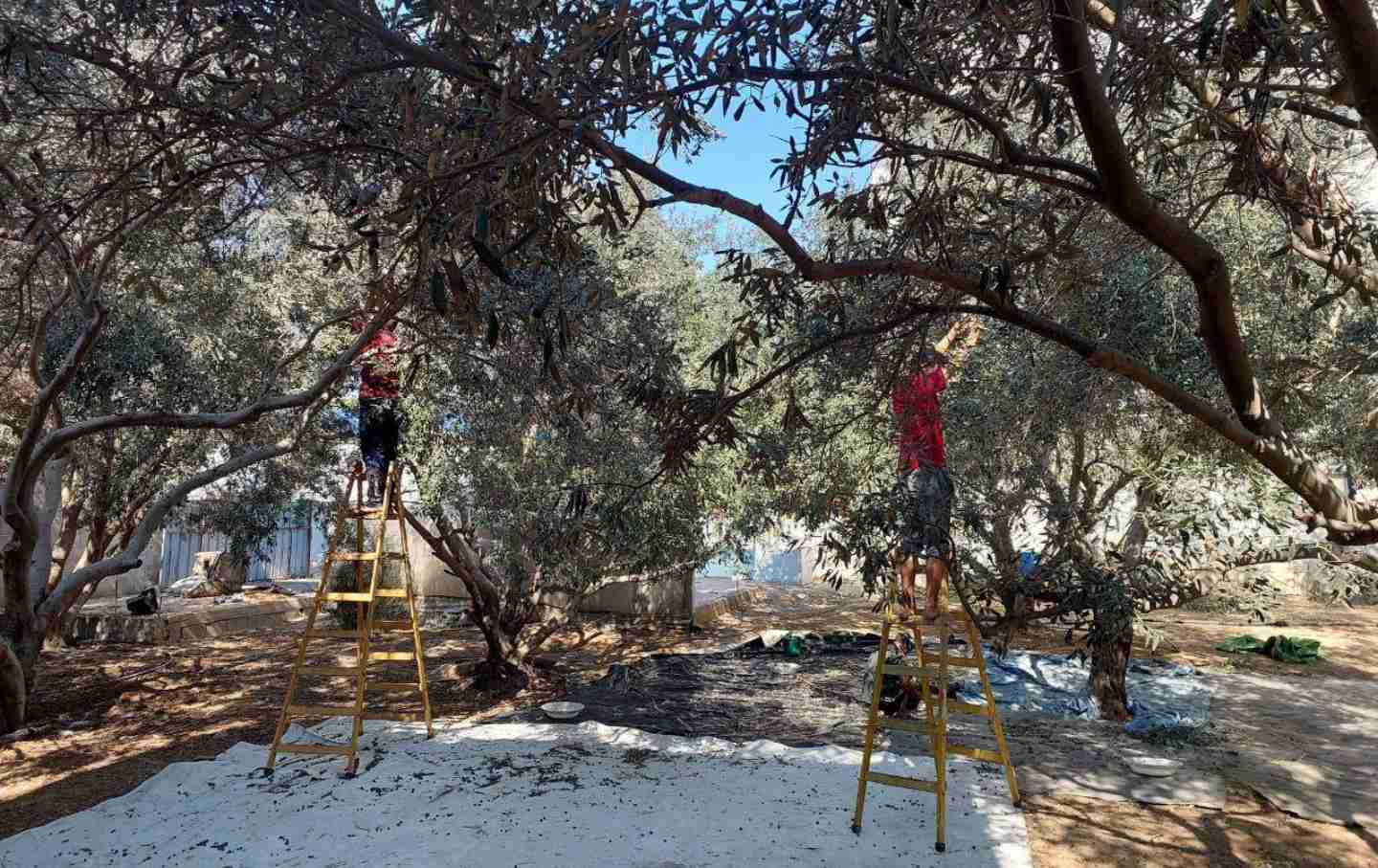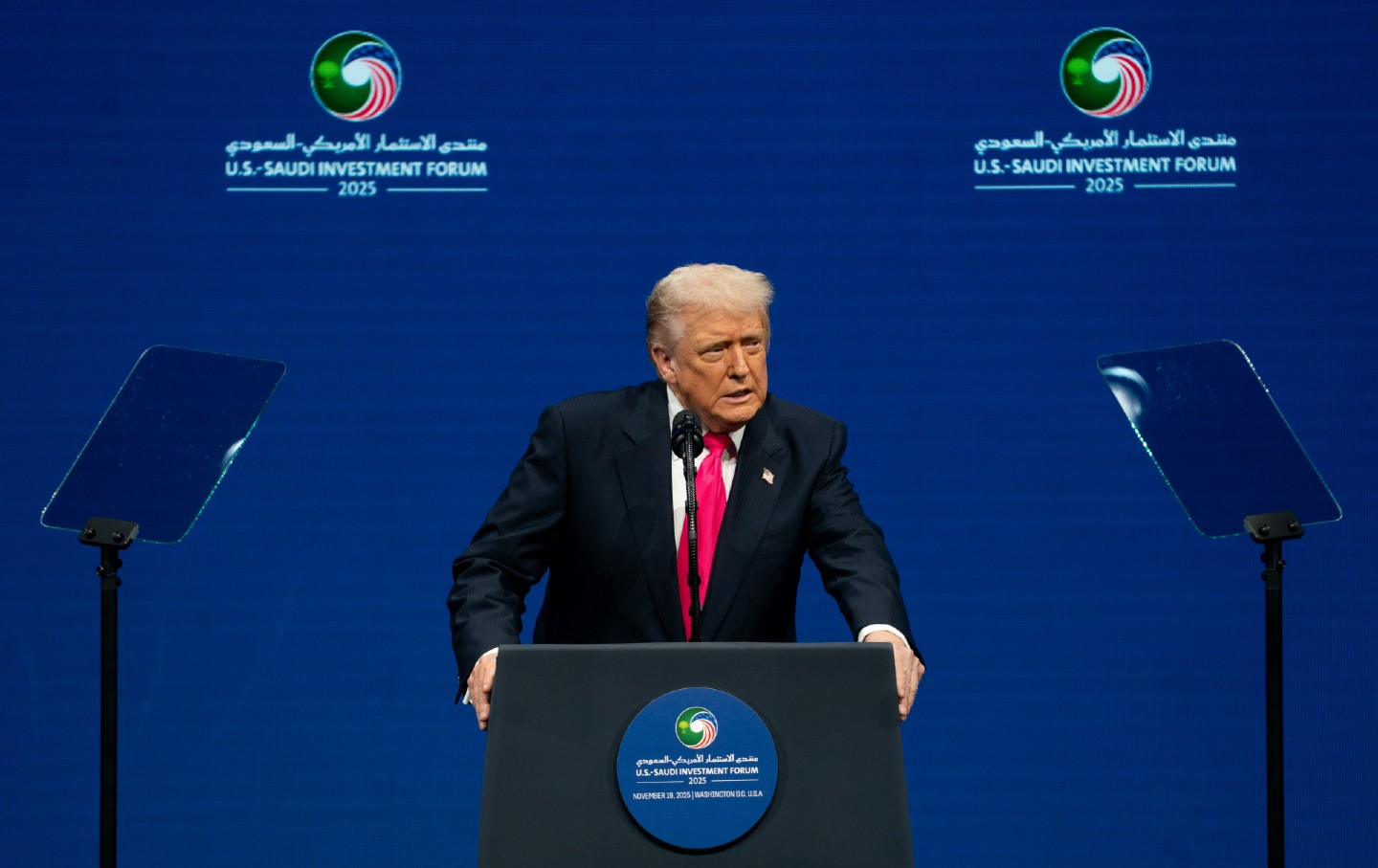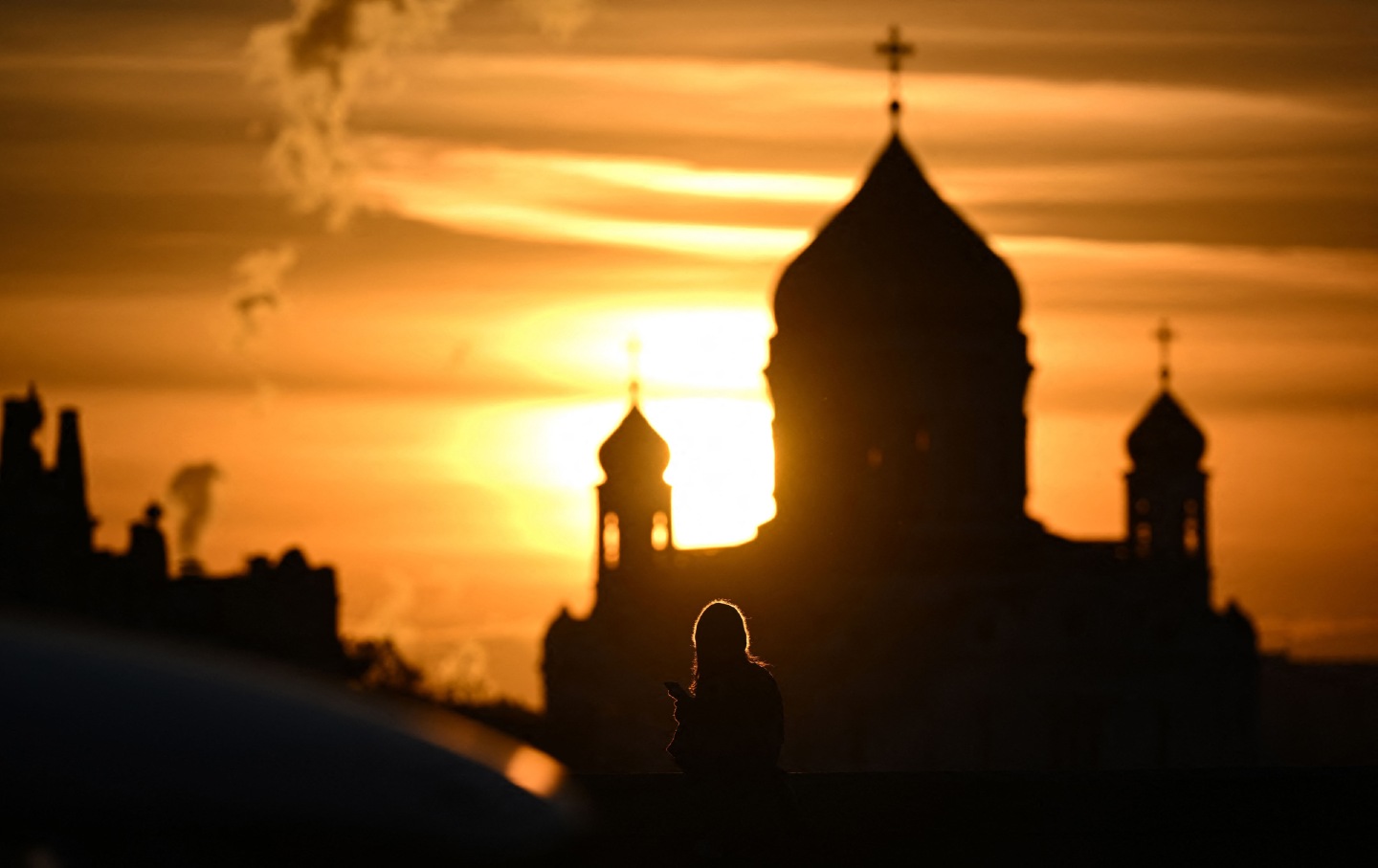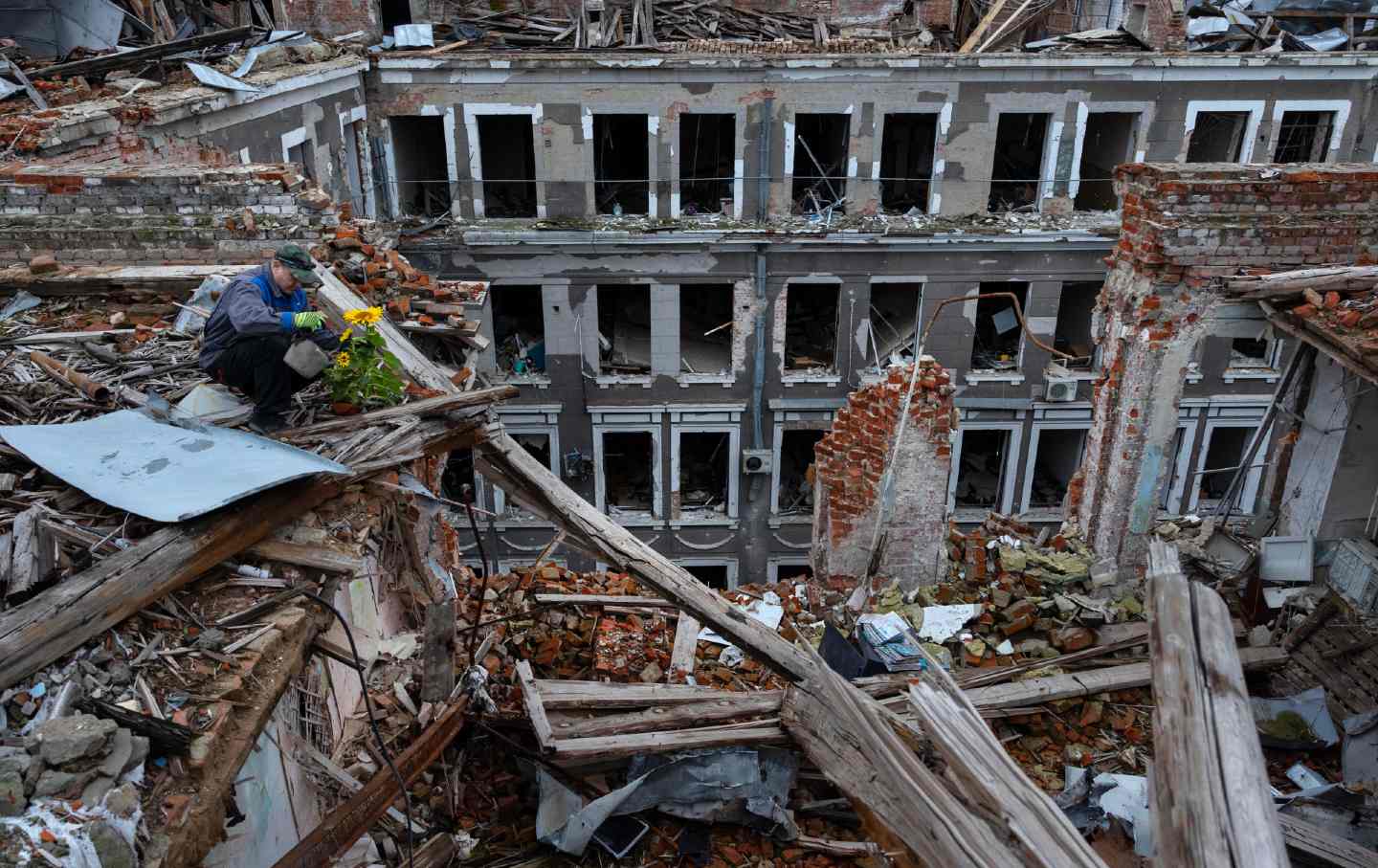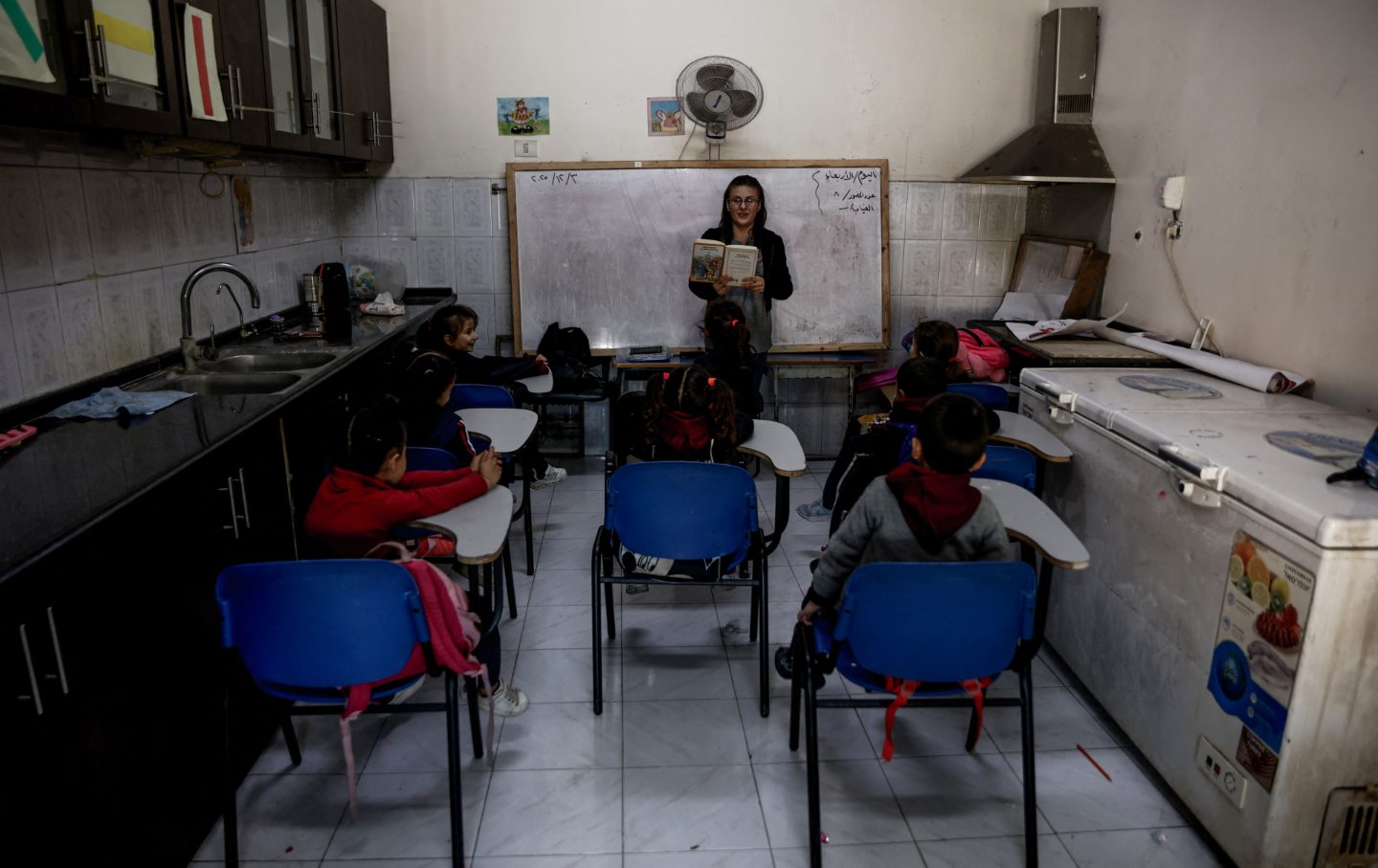Israel’s Vietnam—and Ours
Everything that Israel is doing to the people of Gaza—especially killing civilians through intensive aerial bombardment—was prefigured during the American “ground war” in Vietnam.
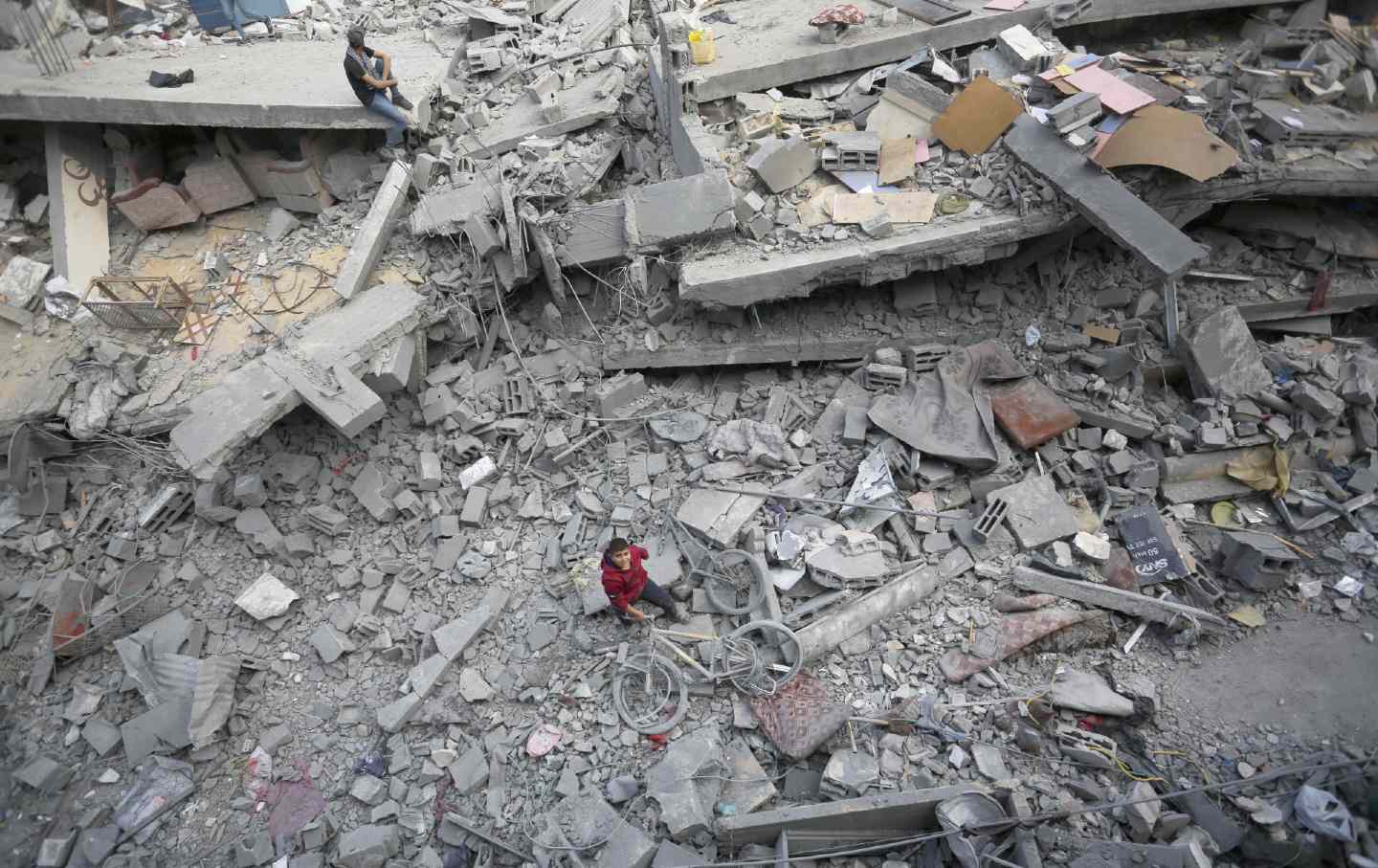
Comparisons between Israel’s destruction of Gaza and America’s war in Vietnam are becoming more and more overt (see “In Campus Protests Over Gaza, Echoes of Outcry Over Vietnam,” The New York Times, December 24, 2023). Then as now, we see an ever-widening divide between a part of the citizenry motivated by shame over the slaughter of innocents, versus a political establishment that maintains its killing regime regardless of growing horror among the world’s peoples.
Of course, there are differences. The unyielding government in this case is Israel and only secondarily its uneasy enabler, the Biden administration. The protest movement rises here in the United States, led in large part by Palestinian and Arab Americans, while anti-war forces in Israel itself are isolated and repressed. Most tellingly, by the late 1960s, the cutting edge of the movement against the Vietnam War was inside the US military, in mutinies and systematic attacks on officers. There are few such cracks in the IDF, and other than the remarkable solidarity with Palestinians shown by groups like Ta‘ayush and B’Tselem, most Jewish Israelis embrace their identity as a warrior society, as if there is no other way to survive than total domination. Finally, there is no comparison between the fragmented Palestinian national movement and Vietnam’s disciplined struggle for national liberation, which humbled first the French and then American militaries. The Vietnamese constantly reiterated that they were not fighting the American people, whom they counted as allies, only the US government that occupied their country. Hamas makes no such distinction, and on October 7 sought to slaughter as many Israelis as it could.
Regarding these two wars, there is a deeper parallel, however, which Americans need to remember. Everything that Israel is doing to the people of Gaza—especially the killing of tens of thousands of civilians through intensive aerial bombardment—was prefigured during the eight years of the American “ground war” in Vietnam, 1965–73. Then as now, this was a scorched-earth strategy, to eradicate invisible enemy fighters by destroying everything around them, like setting fire to a haystack to expose the needle. It was also a strategy focused on minimizing one’s own casualties, regardless of how many civilians died in the process. Like their Israeli counterparts today, US commanders in Vietnam were unwilling to order their men to engage the enemy face-to-face, as the cost would be much greater than their populations would accept. American troops went on “search and destroy” missions mainly as bait to attract fire, so that combined air and artillery attacks could then pulverize the landscape. It’s a coward’s way of war, and also essentially criminal—if the law of war as codified in the Geneva Convention means anything.
Nor was this in any way new, as Vietnam’s killing fields extended a military doctrine developed decades earlier. As Benjamin Netanyahu has pointed out with his characteristic schadenfreude, the indiscriminate murder of enemy noncombatants is exactly what the Americans and British practiced in World War II. Well before Hiroshima and Nagasaki, Gen. Curtis LeMay oversaw the firebombing of 63 Japanese cities, killing 100,000 civilians in Tokyo alone. From February 1942 on, the Royal Air Force made no pretense of hitting military targets and simply unloaded as many bombs as it could to destroy civilian morale by “dehousing” German cities. This was war as retribution; the tens of thousands of Dresdeners incinerated in February 1945 were the final victims of an RAF “area bombing” campaign that killed 600,000 civilians. (Although the Nazis were blamed for beginning this practice, notably the 1940–41 “Blitz” targeting British cities, which killed 40,000, it was actually Britain that first used airpower against civilians, to put down Iraqi rebels in the 1920s.)
This way of war carried over to Korea, where every city in the North was systematically firebombed, before reaching its apogee in Vietnam, where the United States dropped 4 million tons of bombs on rural South Vietnam. For good reason, the historian Nick Turse called his book documenting this carnage Kill Anything That Moves. An estimated 3 million Vietnamese died in that war, of which 1 million or so were combatants of the People’s Army of [North] Vietnam or the National Liberation Front of South Vietnam. The majority were civilians bombed, blown up, napalmed, shelled, or machine-gunned by US forces. And that is the real parallel to what is happening today. If the word “genocide” is invoked by respected historians to describe the destruction of Gaza , that word surely applies to the US war against the people of Vietnam.
No one should read this historical comparison as normalizing the atrocities ordered by Netanyahu and his generals. With methodical efficiency, they have compressed the worst lessons of war as practiced since 1939 into a killing zone of exemplary savagery. But this need not be a moral wasteland. The American war in Vietnam generated the largest mass movement in our country’s history, a tidal wave mobilizing millions of every age and description to say, “Not in my name!” The United States was forced to withdraw from Vietnam in large part because its citizens no longer supported the war—and its soldiers were no longer willing to fight it. Let us hope that an equivalent awakening comes to Israeli Jews, inspired by the powerful organizing of Jewish Voice for Peace, IfNotNow, and groups like them here in the United States. May they be a light unto the world.
Disobey authoritarians, support The Nation
Over the past year you’ve read Nation writers like Elie Mystal, Kaveh Akbar, John Nichols, Joan Walsh, Bryce Covert, Dave Zirin, Jeet Heer, Michael T. Klare, Katha Pollitt, Amy Littlefield, Gregg Gonsalves, and Sasha Abramsky take on the Trump family’s corruption, set the record straight about Robert F. Kennedy Jr.’s catastrophic Make America Healthy Again movement, survey the fallout and human cost of the DOGE wrecking ball, anticipate the Supreme Court’s dangerous antidemocratic rulings, and amplify successful tactics of resistance on the streets and in Congress.
We publish these stories because when members of our communities are being abducted, household debt is climbing, and AI data centers are causing water and electricity shortages, we have a duty as journalists to do all we can to inform the public.
In 2026, our aim is to do more than ever before—but we need your support to make that happen.
Through December 31, a generous donor will match all donations up to $75,000. That means that your contribution will be doubled, dollar for dollar. If we hit the full match, we’ll be starting 2026 with $150,000 to invest in the stories that impact real people’s lives—the kinds of stories that billionaire-owned, corporate-backed outlets aren’t covering.
With your support, our team will publish major stories that the president and his allies won’t want you to read. We’ll cover the emerging military-tech industrial complex and matters of war, peace, and surveillance, as well as the affordability crisis, hunger, housing, healthcare, the environment, attacks on reproductive rights, and much more. At the same time, we’ll imagine alternatives to Trumpian rule and uplift efforts to create a better world, here and now.
While your gift has twice the impact, I’m asking you to support The Nation with a donation today. You’ll empower the journalists, editors, and fact-checkers best equipped to hold this authoritarian administration to account.
I hope you won’t miss this moment—donate to The Nation today.
Onward,
Katrina vanden Heuvel
Editor and publisher, The Nation


